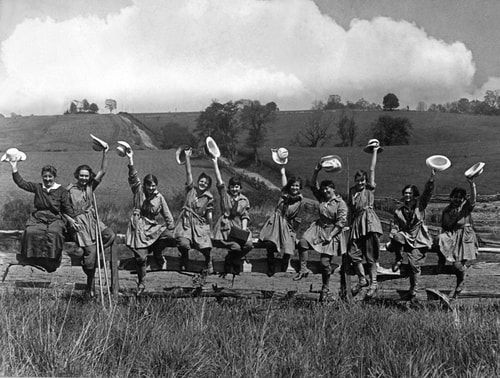A look at how the two very different worlds meet
By Diego Flammini, Farms.com
People in the United States and around the world are celebrating Memorial Day to honour the men and women who made the ultimate sacrifice and served in the US military.
While the two sectors of military service and agriculture appear to be worlds apart, there have been instances where they’ve worked together to help the war efforts.
During World War II, the Women’s Land Army was formed from 1943-1947. While many of the men were fighting overseas, more than 1 million workers were recruited to help up with crop production.

A quote from Toni Taylor from “Women on the Home Front,” describes the sentiments felt on the farmlands.
“We're working for Victory, too; growing food for ourselves and our countrymen. While other women work at machines and in factories—we're soldiers in overalls…We're running the place while Dad's away.”
Also during World War II, President Franklin D. Roosevelt said “food is the life line of the forces that fight for freedom.”
Currently, there are many different programs for military veterans who wish to pursue farming as a career after their services have been fulfilled.
One is called AgWarriors, an online resource that helps military men and women search for careers within the agriculture and food sectors.
Another is called the Farmer Veteran Coalition. It provides education and veteran assistance to those who need it while they work to produce quality crops.
“The veterans we work with have served their country twice — once by defending it and now by feeding it,” Michael O’Gorman, Executive Director of the Farmer Veteran Coalition said.
To the veterans of the past, present and future, all we can say is thank you for your service and sacrifice.